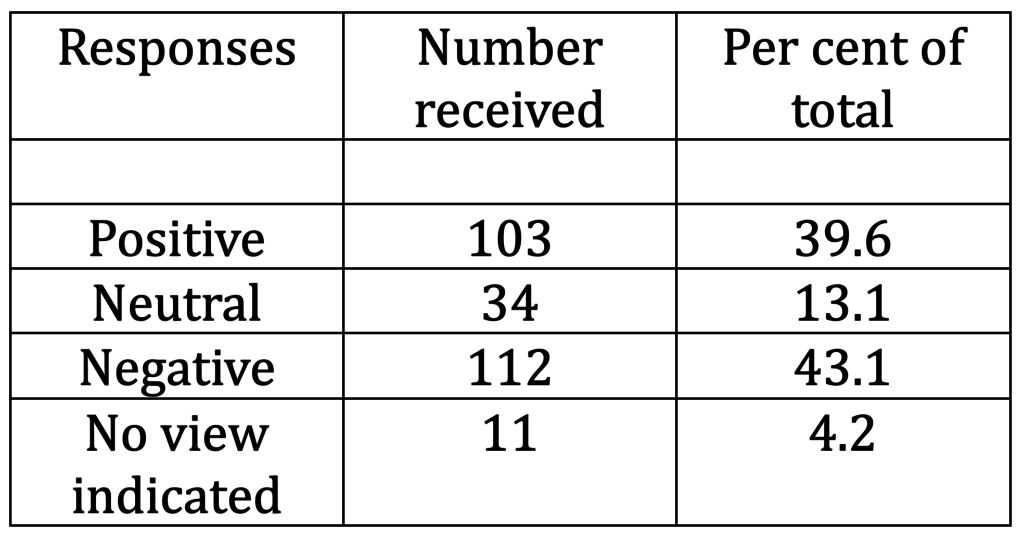Chingford speed humps: the prior consultation was manipulated, and what LBWF refers to as supporting evidence is revealed to be decades out of date
Here’s a further update from our Chingford correspondent, this time with some incendiary revelations (see links for back story).
‘Recent research casts further doubt on how LBWF has acted in installing speed humps in Chingford.
First, it emerges that the consultation about speed humps was blatantly manipulated.
LBWF claims to have distributed a survey to all households in the area where the humps were planned, seeking their opinions.
One notable fact is that only 6.7 per cent of households responded, which seems to give credence to local claims that the distribution was nowhere near as comprehensive as claimed.
But the bigger issue is how LBWF has subsequently presented the results. The raw data is as follows:
For the council, this shows that: “Of those who responded to the consultation, 53% of respondents were positive or neutral and therefore were not opposed to the scheme as proposed.”
Yet such a conclusion is nonsense, because as is entirely obvious, neutral means nonaligned – as one popular dictionary definition has it: “Belonging to neither side in a controversy”.
In other words, LBWF has tried it on, almost certainly in a desperate attempt to mask the truth: that, albeit by a narrow margin, the majority of respondents were against its proposals.
The second revelation concerns the evidence which LBWF has relied upon to justify its argument that speed humps do not cause damage to neighbouring properties.
For it turns out that the two key supporting documents are studies produced by the Transport and Road Research Laboratory (TRRL) in 1981 and 1990.
And this is absurd because, though the TRRL did reputable research, its studies were about particular places at particular times, and for a whole number of very obvious reasons cannot be compared to present day Chingford and Waltham Forest.
Thus, amongst other things, traffic volumes have increased with population growth and a rapid increase in car ownership; heavier lorries are allowed on Britain’s roads; and household deliveries by vans are to be found everywhere.
In short, the TRRL documents have been long overtaken by events.
LBWF likes to project itself as resident-focused and caring. However, the Chingford speed humps saga gives a very different impression: of a council hell bent on damaging change regardless of resident opinion and a lack of supporting evidence’.

